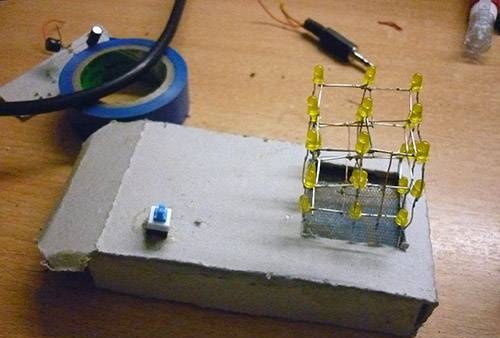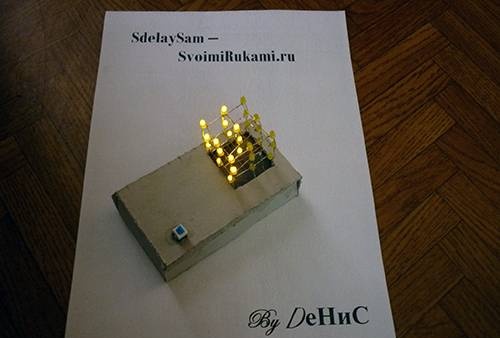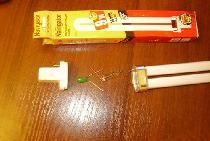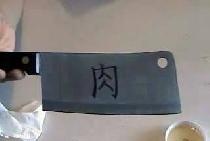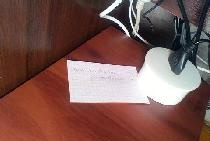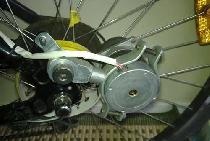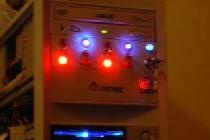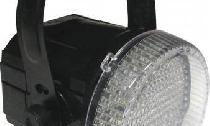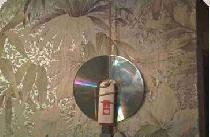
I think many wanted to collect such a cube, but not everyone had the opportunity to purchase a microcontroller (MK), and not everyone knows how to program. So here is an alternative:
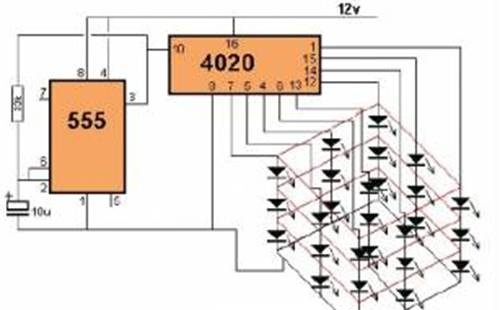
No programming required, the circuit is simple and all details are accessible. And the CD4020 chip provides a variety of compositions that are not inferior to programmable cubes.
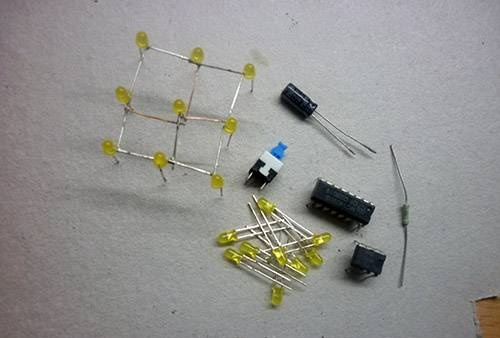
It's time to move from words to deeds)))
List of used parts with a description:
1) KR1006VI1 (NE555)
The chip includes about 20 transistors, 15 resistors, 2 diodes. The output current is 200 mA, the consumption current is approximately 3 mA more. Supply voltage from 4.5 to 18 volts. The accuracy of the timer does not depend on changes in the supply voltage and is no more than 1% of the calculated value.
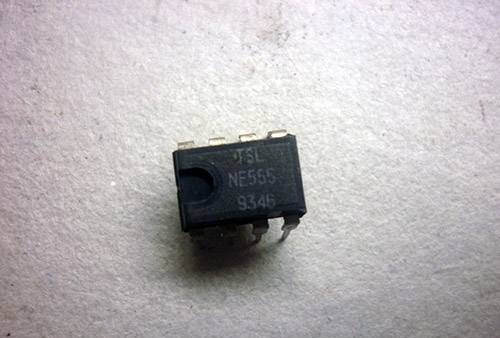
2) K561IE16 (CD4020, MC14020)
14-bit binary counter divider.
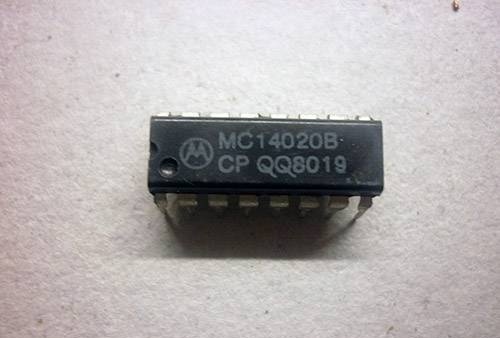
3) LEDs to your taste 27pcs
4) 33K resistor
5) Capacitor 10µ
6) Latch micro switch (optional)
7) Krona 9V
8) Chip panels (optional)
So, we draw a printed circuit board on fiberglass and lay etched.
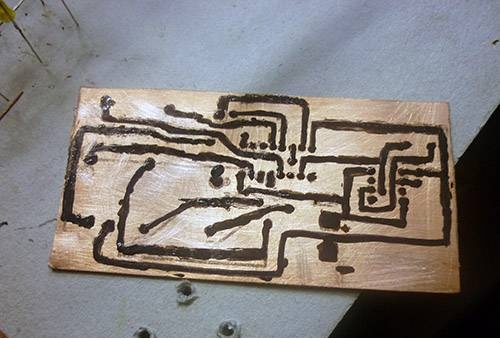
In the meantime, our board will be etched. Let's deal with the most difficult part - the cube itself.
We drill holes in plywood (cardboard) under the LEDs and insert them there. Now we bend all the cathodes (minuses) clockwise (or counterclockwise, as you prefer) and solder them. Solder the wires yourself on the middle LED.
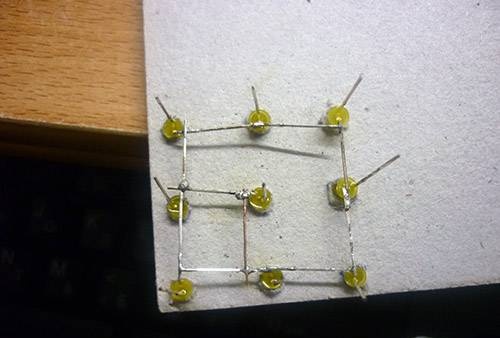
Also do the rest of the floors
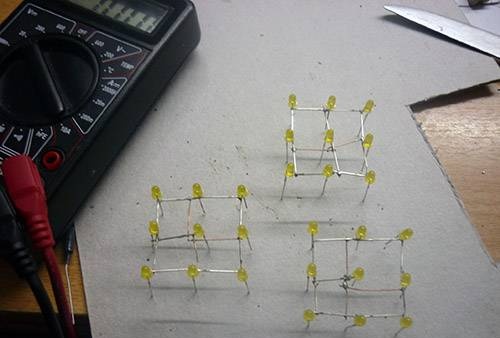
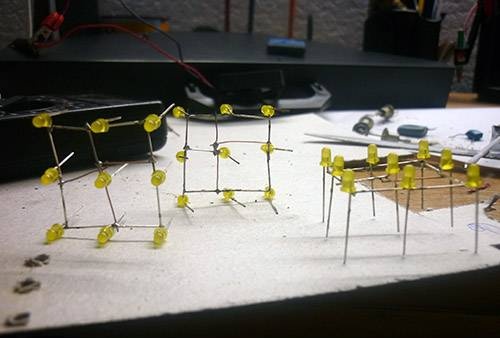
Now we need to solder them together. Only now we solder anodes (pluses)

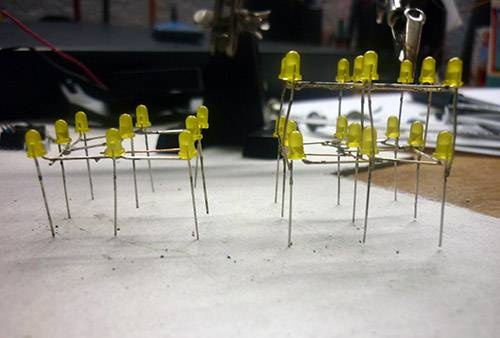
Now also solder the third floor

Done !!)))
Now we take our etched board and drill holes
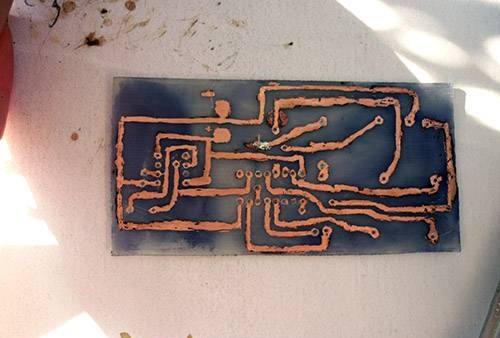
First we solder the jumpers, and then the details.
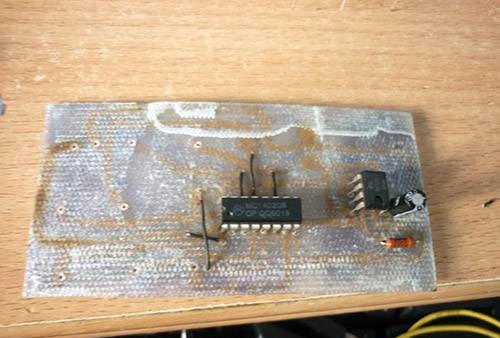
Now the final touch - solder the cube.
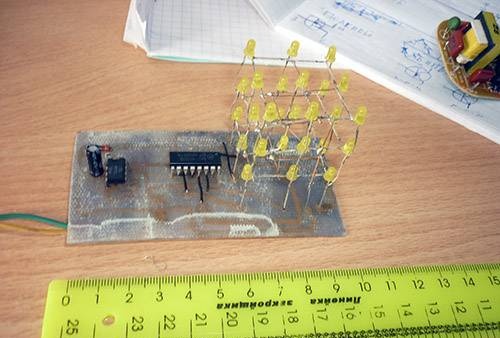
Now we connect 12V as it is written on the circuit. URA works:
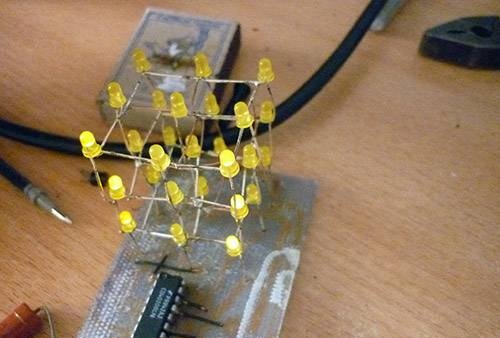
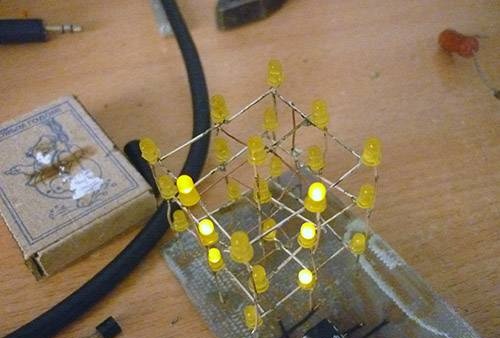
After a couple of minutes, everything went out ((.
Correctly, the CD4020 chip is not designed for such a voltage and it just burned out for a simple one. And you have to change the chip - to solder and solder a new one. For this, we needed panels for microchips. I did not put them on anything and paid ((
In the future, to avoid this, I put the crown 9B. This has its advantages, the cube can be carried with you, it does not need a socket and the microcircuit will no longer burn. But there are also disadvantages - periodically you have to change the battery.
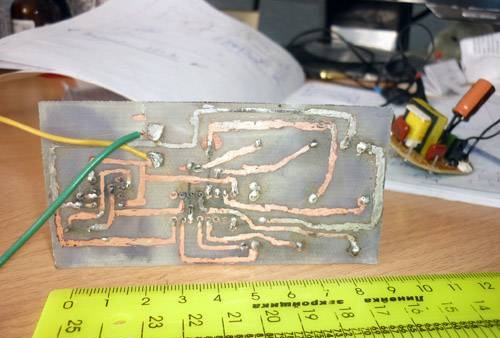
For my cube I made a box of cardboard. Here's what I got:
